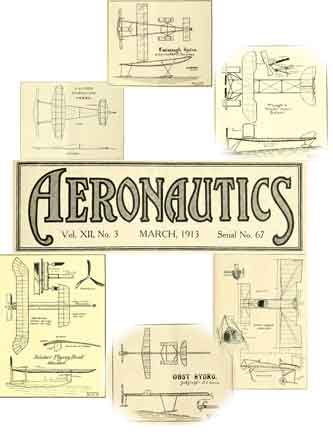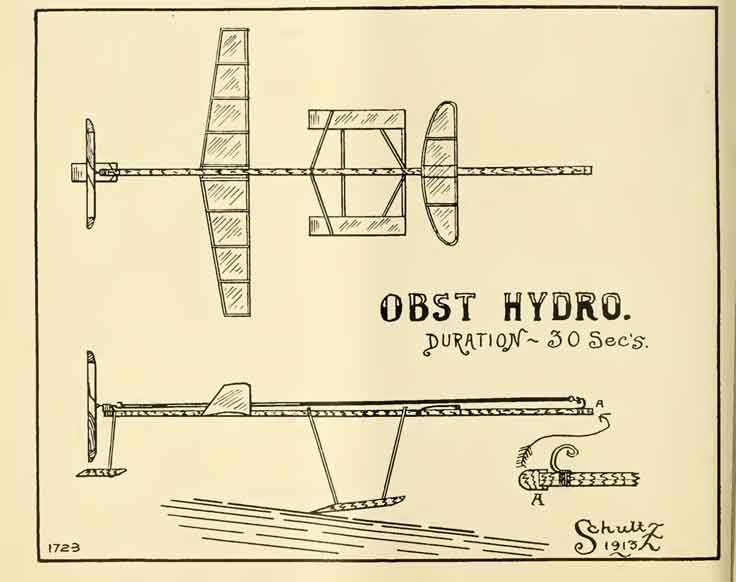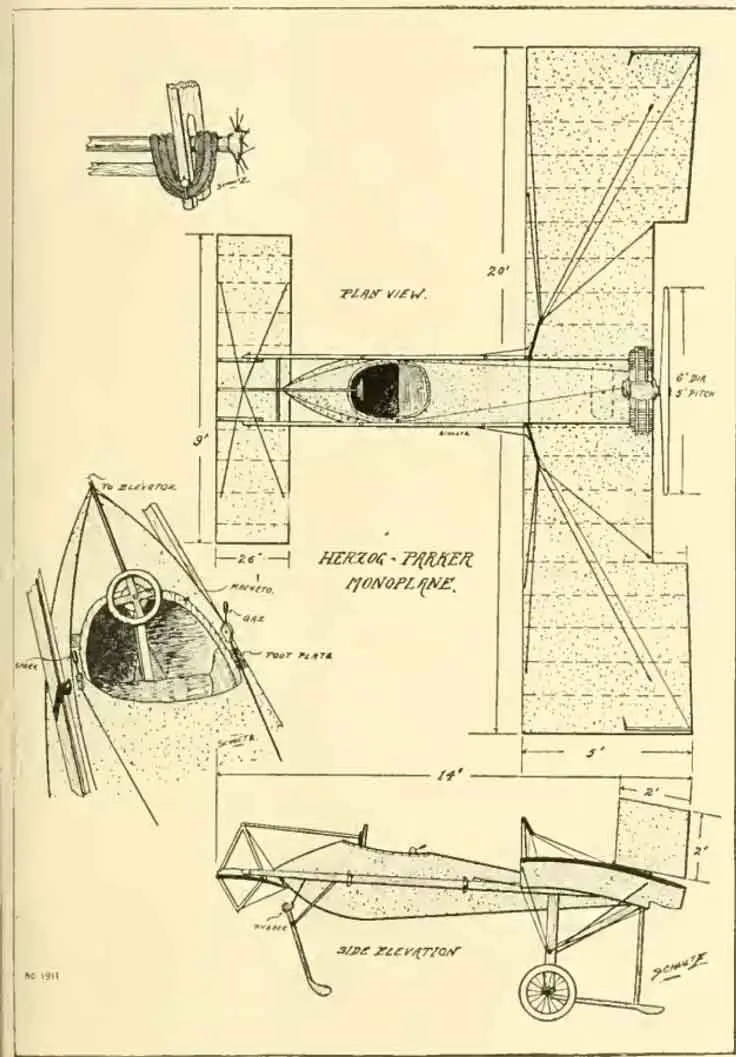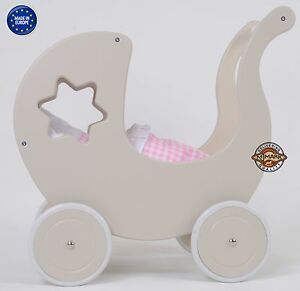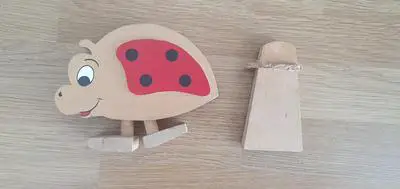Vintage Toy Airplane Plans
As a tribute to the pioneers of model aviation engineering, a collection of articles in Aeronautics magazine written by Harry Schwartz dating from 1913.
A few vintage toy airplane plans I found in various publications over the years, including Aeromodeller Annual and Aeronautics Annual.
Aeronautics Annual 1913-14
A few vintage toy airplane plans I found in the Aeronautics Annual of 1913-14 in a series of articles written by Harry Shultz under the title Model Notes
Title of the article is Obst Hydro. I would refer to this model airplane as a canard pusher that takes off from water.
This vintage toy is a rubber powered free flight hydro airplane built by Charles V. Obst of Cypress Hills Long Island. He was the president of the Long Island Aero Club way back in 1913.
Fuselage
Fuselage 40 " long, ½ " square in the middle tapering to ½ x ¼ at the ends. Made from 2 pieces ½ x ¼ laminated.
I would think that the joint runs vertically, which is confirmed when I study the detail A which also shows the small pine plug at the front.
There is a thrust bearing installed at the rear, no details given about how that is made. I conclude this thrust bearing is standard practice for rubber powered models, so there is no need to describe it in detail.
Wings and Elevator
Main wing span is 23 ¾ ", root chord 4 " tapering to 2 " at the tips. Wing area 69 square inches, with a dihedral 150 degrees.
Elevator span 12 " with a 3 " chord.
The text explains that both the main wing and the elevator is made using bamboo.
Flying surfaces are covered in what is called silk fibre paper and treated with Ambroid, a glue originally developed to repair canvas canoes.
There you go, I learn something every day.
Propeller
The propeller is 9 " in diameter, turning at 1160 rpm producing a thrust of 3 ¼ ounces from 18 strands of 1/8 " flat rubber.
Pontoons
The pontoons are an interesting construction of 1/32 spruce 7 ¾ " long, 1 ½ inch wide, ¼ inch deep with 5 airtight compartments. To me, this seems to be a lot of work, I would substitute light balsa.
Conclusion
Total weight ready to fly is 4 ½ ounces.
This design is more than 100 years old, and I totally respect that. If I was to make one, I would add a vertical stabilizer.
Where to position it? In terms of aerodynamics, in my opinion, at the back end of the model, as part of the supporting leg of the rear pontoon. I think it would have to have a reasonable surface area as well.
Browsing through more articles on vintage toy airplane plans, it seems that an absence of any vertical stabilizing surface is common. Maybe the rather large dihedral angle made a contribution to lateral stability, and I would think at the expense of vertical lift capability.
There is always a compromise. The addition of a rudder would also increase drag.
Download Vintage Toy Airplane Plans
Download the original article and sketch plans.
This is the start of my collection of vintage toy airplane plans. Sign up for my newsletter to keep up to date.
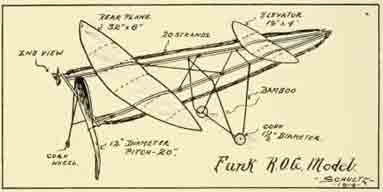 Funk Rubber Power ROG
Funk Rubber Power ROGHere is another one, the Funk R. O. G twin boom rubber powered vintage toy airplane plan.
Note the lack of vertical stabiliser, which makes me wonder how well it actually flew.
How about this - the Herzog-Parker monoplane. Not a model, but a sketch of the full size aircraft.
According to the article, it never reached take-off speed, which is probably a good thing, because to me it looks incredibly dangerous.
If I had the skills, I would love to build a model of this. It would make a good talking point.
How to turn your hobby into a profitable business.
Solo Build It! (SBI!) is an online platform that empowers solopreneurs to build profitable online businesses. For over two decades, SBI! has been trusted by members to turn their passions, hobbies, or skills into successful ventures. Recently, the introduction of ChatGPT has ushered in a new era of AI-assisted content creation within SBI!.
Allow me to introduce you to Tai, your business-building AI assistant. Tai is now available in SBI! and can help you navigate the world of online entrepreneurship. Whether you’re a complete beginner or an experienced solopreneur, SBI! provides everything you need to create an income-generating website or blog.
Here are some reasons why starting an online business with SBI! and Tai is a great choice:
- Adaptable Lifestyle: Building an online business adapts to your desired lifestyle. Enjoy newfound freedom without being tied down to another job.
- Low Startup Costs: You don’t need significant capital to begin. All you require is a computer, internet access, a roadmap, and an affordable platform like SBI!.
- Flexibility: Work as much or as little as you want, wherever you choose. Once you’ve built a solid foundation, you can earn money even on days you don’t actively work.
- Portability: Take your business with you, especially if travel is part of your retirement dream.
- Global Impact: Help people worldwide by sharing your knowledge and expertise.
- Continuous Learning: Running an online business keeps your mind active and energized.
SBI! combines education, tools, and a proven process to give you the highest chance of achieving your financial goals. Whether you’re aiming for financial independence or simply want a rewarding project during retirement, SBI! can guide you.
If any of this resonates with you, I invite you to explore SBI! and discover how it can help you build your online retirement business. Even if you’re a beginner, SBI! provides the resources you need to succeed. Say hello to Tai and embark on your entrepreneurial journey! 🚀
Learn more and try Tai for free on the Solo Build It! website.
